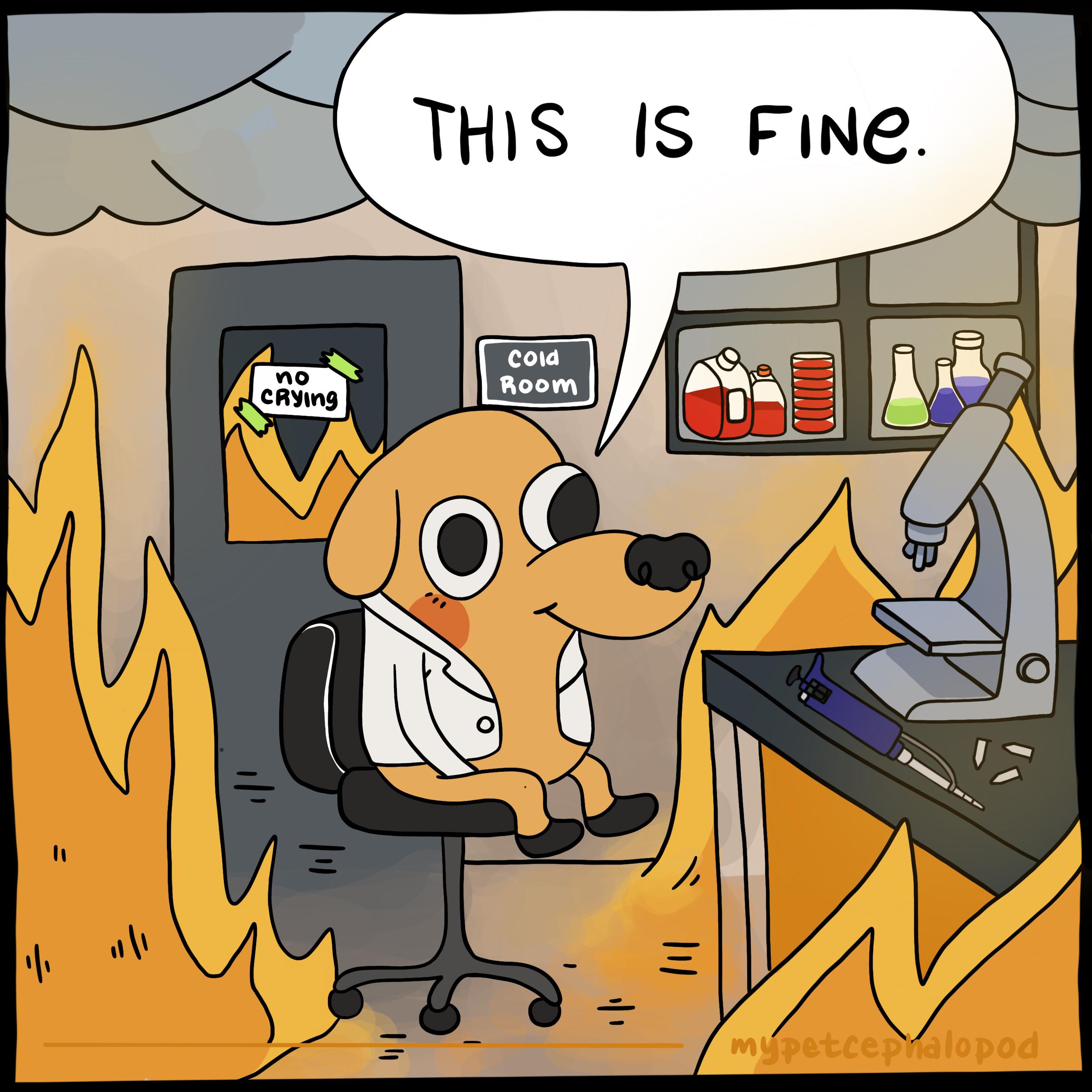

Quite the opposite regarding the petition. It is true that there is essentially no chance of any of the outstanding petitions being read. What is important, though, is trying to get this petition going through as soon as we can. A petition which makes it onto the website will remain visible to the Members of Parliament and to Canadians in general, even after dissolution of Parliament, bringing the potential for a much wider audience.
The very fact that petitions are not allowed to include links demonstrates the risk-adverse technological policy applied to Members of Parliament when it comes to links, such as pointing out a thread on Lemmy. But they’ll gladly visit a link on one of their own websites if asked to do so.
As for the possible methods for undoing a bill, that’s why the wording of the petition asks for multiple possible actions, depending upon the timing.
Edit: Upvoting you for taking the time to raise good points.

Perhaps I explained it poorly. Getting a petition published now would make it visible to the public. It could have become a talking point.
According to the official website, petitions will not survive dissolution and will need to be recreated. Since petitions which make it to the website remain visible to the public, it could have become a historial petition which would have still been visible and searchable.
Dissolution of Parliament and Petitions
https://www.ourcommons.ca/petitions/en/Home/AboutContent?guide=PIElectronicGuide The dissolution of Parliament (the period between the end of a Parliament and the start of a new Parliament after a general election) terminates the e-petitioning process. The petitions website closes at dissolution and all e-petitions not yet presented to the House are closed, and the obligation for the government to respond to all petitions also lapses. All petitioners will receive an email informing them of the status of their petition. Should a petitioner wish to pursue an issue in the form of an e-petition in the next Parliament, they must start the process anew approximately three weeks after the general election, when the petitions website reopens. Any signatures gathered prior to dissolution may not be reused; signatories who wish to support a similar petition in the new Parliament will have to sign again.
As it stands, we now just have a post on Lemmy which will get buried amongst the other Lemmy posts. But approximately 21 days after Parliament resumes, a petition could get created. And so people who are interested in collaborating on this petition happening at that time or on other possible topics can still get in touch with me at any time.
The bill has already received royal assent and has passed into law, flaws and all. It is still perhaps a lot more reasonable to ask for a bill to be undone than to have people draft another 100 pages of a bill which only undoes some changes.
Why raise the concept now? The primary and only stated reason which I could find for pushing the bill to become law expediently without due consideration and without necessary corrections was to be able to complete the registry and other parts of legislation by June 2025 or perhaps slightly later, ahead of an October 2025 election. This reason will no longer exist. Hence it would seem logical to create a new bill to repeal these changes and then spend the needed time to get the changes right in yet another bill.
As it stands, a lot of people may be going to jail who have nothing to do with foreign interference. As I said, do not threaten anyone, do not intimidate anyone, be very careful not to cause any damage during a protest, do not make use of violence, and a whole host of other things which could be used as justification for putting someone unliked into jail for life. No requirement exists anymore to prove any link to foreign interference and the wording makes it appear that it does not even matter if no such link exists.
If someone invades the country and you use violence, could you end up being placed in jail? Is it ridiculous? You tell me what you think.